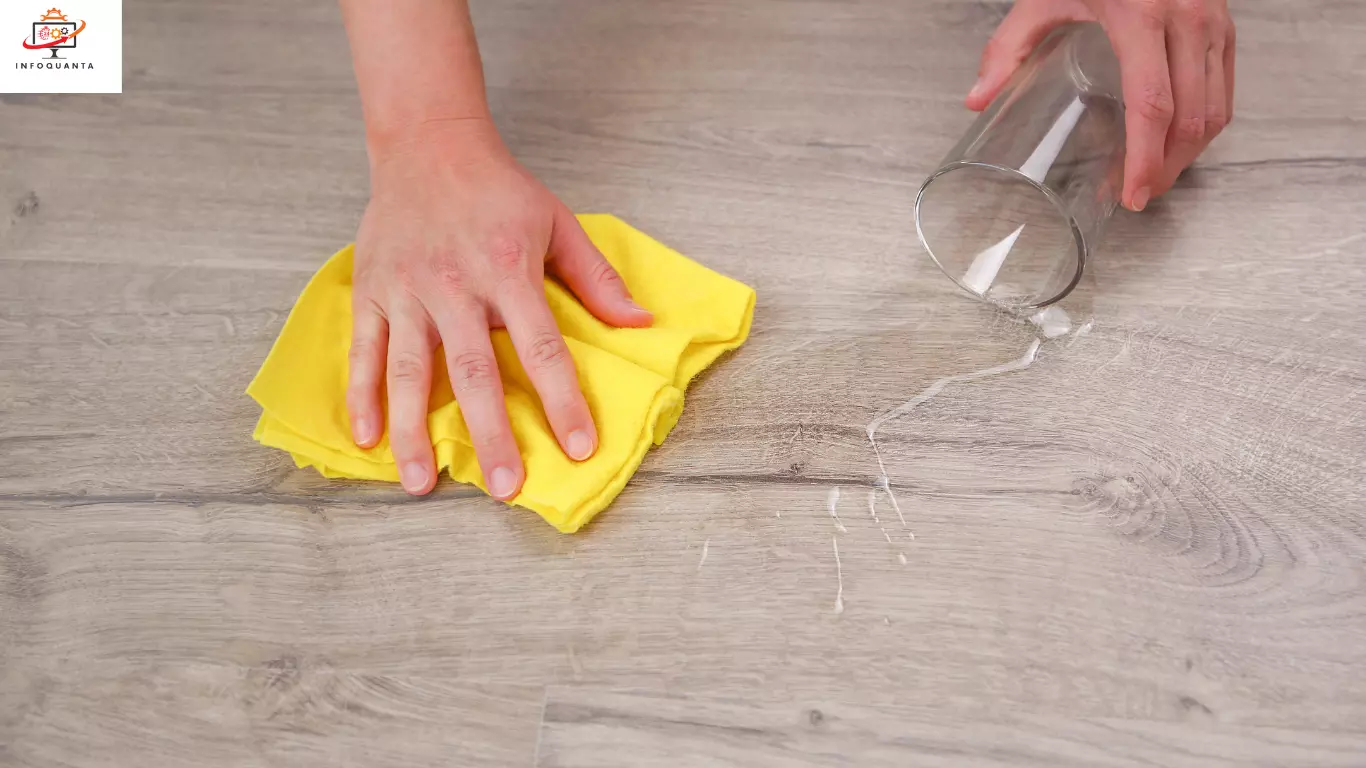Flooring in high traffic areas faces a unique challenge: it must be durable enough to withstand heavy foot traffic while maintaining its appearance and functionality. Choosing the right type of flooring for such spaces is crucial to ensure longevity and cost-effectiveness.
Additionally, the ongoing debate between waterproof and water-resistant flooring has further complicated the decision-making process for homeowners and business owners alike.
Flooring for High Traffic Areas:
High traffic areas demand flooring that can endure constant use without showing signs of wear and tear. Here are some popular options:
- Porcelain Tiles: Porcelain tiles are known for their durability and resistance to moisture. They come in various styles and designs, making them suitable for both residential and commercial spaces. However, they can be cold underfoot, so area rugs or mats might be necessary for added comfort.
- Luxury Vinyl Plank (LVP): LVP is a synthetic flooring option that convincingly mimics the appearance of hardwood. It’s highly resilient, easy to clean, and can handle high foot traffic without warping or scratching. It also provides better insulation against noise and temperature.
- Concrete: Concrete floors are an industrial-chic option gaining popularity in modern designs. They are incredibly durable, low-maintenance, and can be stained or polished for an attractive finish. However, concrete can be hard and unforgiving, so area rugs are advisable.
- Commercial Carpet Tiles: For commercial spaces, carpet tiles are a practical choice. They allow for easy replacement of damaged sections, ensuring the floor always looks presentable. Stain-resistant and durable options are available.
- Natural Stone: Natural stone like granite or slate provides a luxurious and timeless appeal. These materials are tough, but they may require periodic sealing to prevent moisture damage.
Waterproof vs. Water-Resistant Flooring: A Comparison
The distinction between waterproof and water-resistant flooring lies in their ability to handle moisture:
- Water-Resistant Flooring: Water-resistant flooring can repel water to a certain extent, making it suitable for areas prone to occasional spills or humidity. However, prolonged exposure to moisture can still cause damage over time. Laminate flooring and certain types of luxury vinyl fall into this category.
- Waterproof Flooring: Truly waterproof flooring, like certain types of vinyl and tile, can withstand significant exposure to water without swelling or warping. This makes it ideal for areas with high humidity, such as bathrooms and kitchens.
What is the Most Waterproof Type of Flooring?
When it comes to the most waterproof flooring, WPC (Wood Plastic Composite) and SPC (Stone Plastic Composite) vinyl flooring stand out. These engineered vinyl options combine durability with waterproof properties, making them suitable for areas that face constant moisture, such as bathrooms and basements. They offer a balance between aesthetics and practicality.
FAQs:
1.Can hardwood flooring be used in high traffic areas?
While hardwood is durable, it can show signs of wear in high traffic areas. Consider using harder wood species and applying protective finishes.
2.Are all types of vinyl flooring waterproof?
No, only WPC and SPC vinyl flooring are truly waterproof. Standard luxury vinyl and laminate are water-resistant but not entirely waterproof.
3.Is ceramic tile suitable for commercial spaces with high foot traffic?
Yes, ceramic tiles are commonly used in commercial areas due to their durability and ease of maintenance.
4.Can I use area rugs on waterproof flooring?
Yes, area rugs can enhance the comfort of waterproof flooring and protect high traffic areas from excessive wear.
5.Is concrete too harsh for residential high traffic areas?
Concrete can work well with the right finish and area rugs, but some people find it uncomfortable to walk on for extended periods.
Conclusion:
Choosing flooring for high traffic areas involves balancing durability, aesthetics, and functionality. While both waterproof and water-resistant options have their merits, the specific needs of the space and the level of moisture exposure will determine the best choice. Consulting with flooring experts and considering the unique requirements of your area will help you make an informed decision that will serve you well for years to come.

